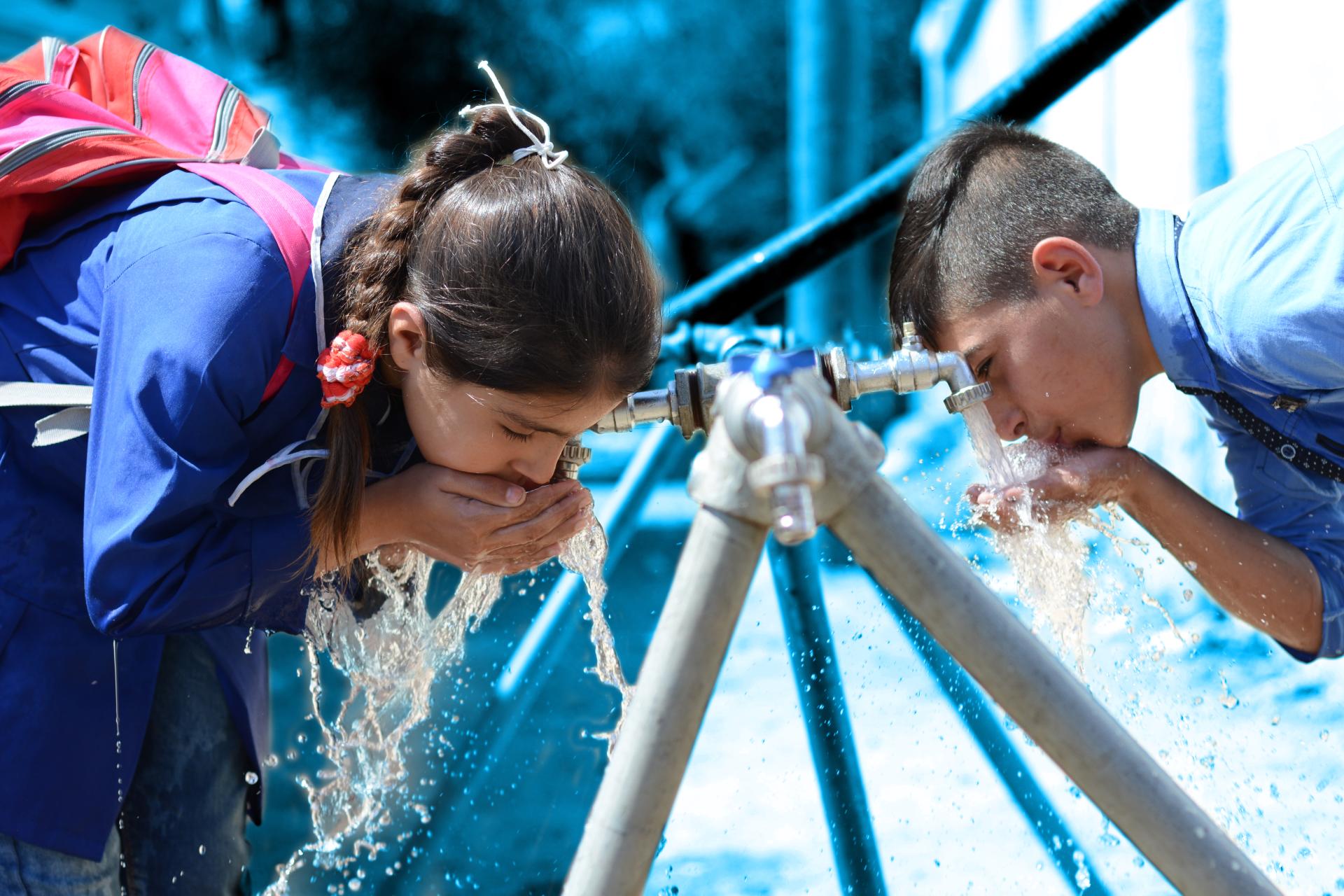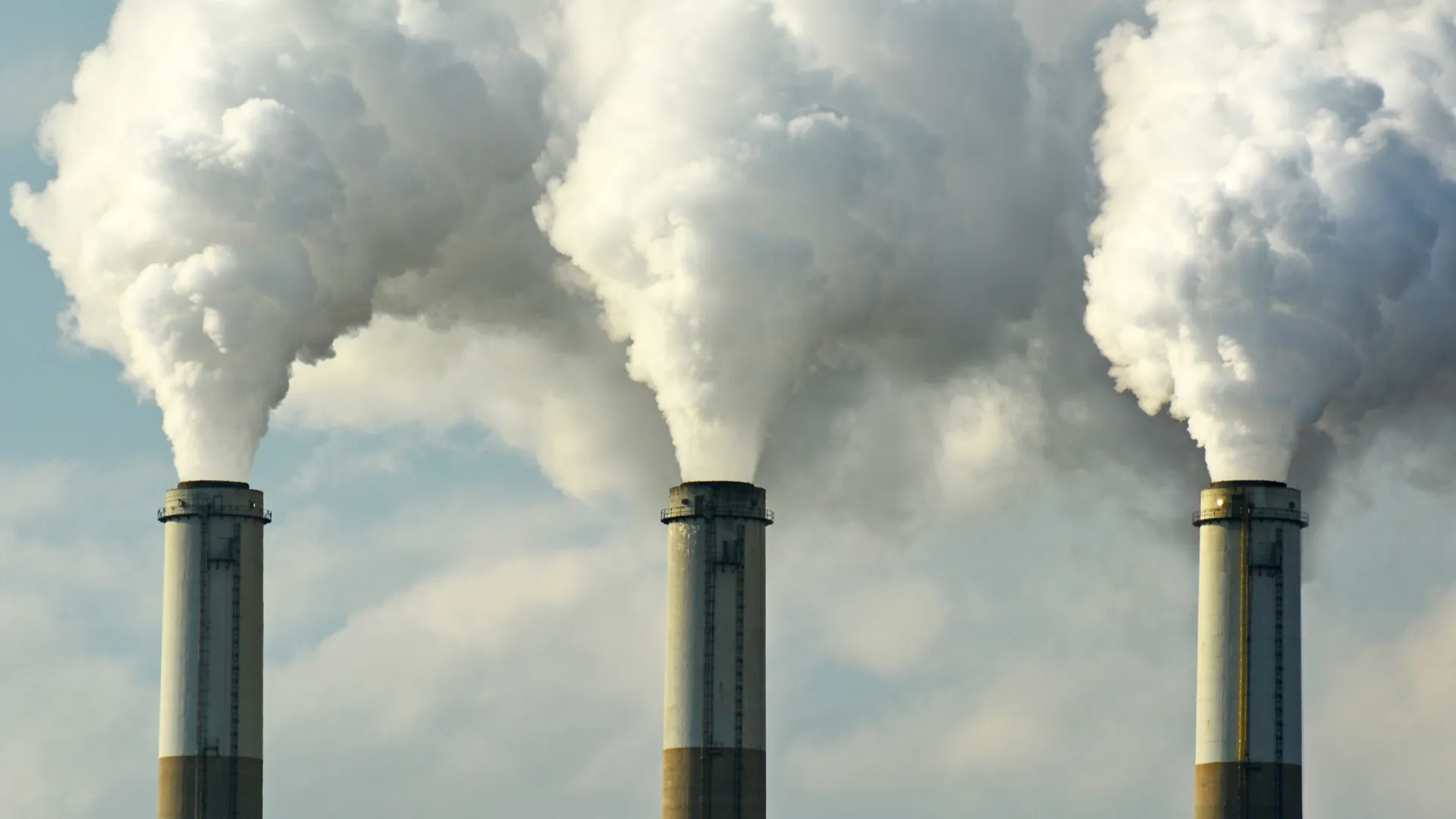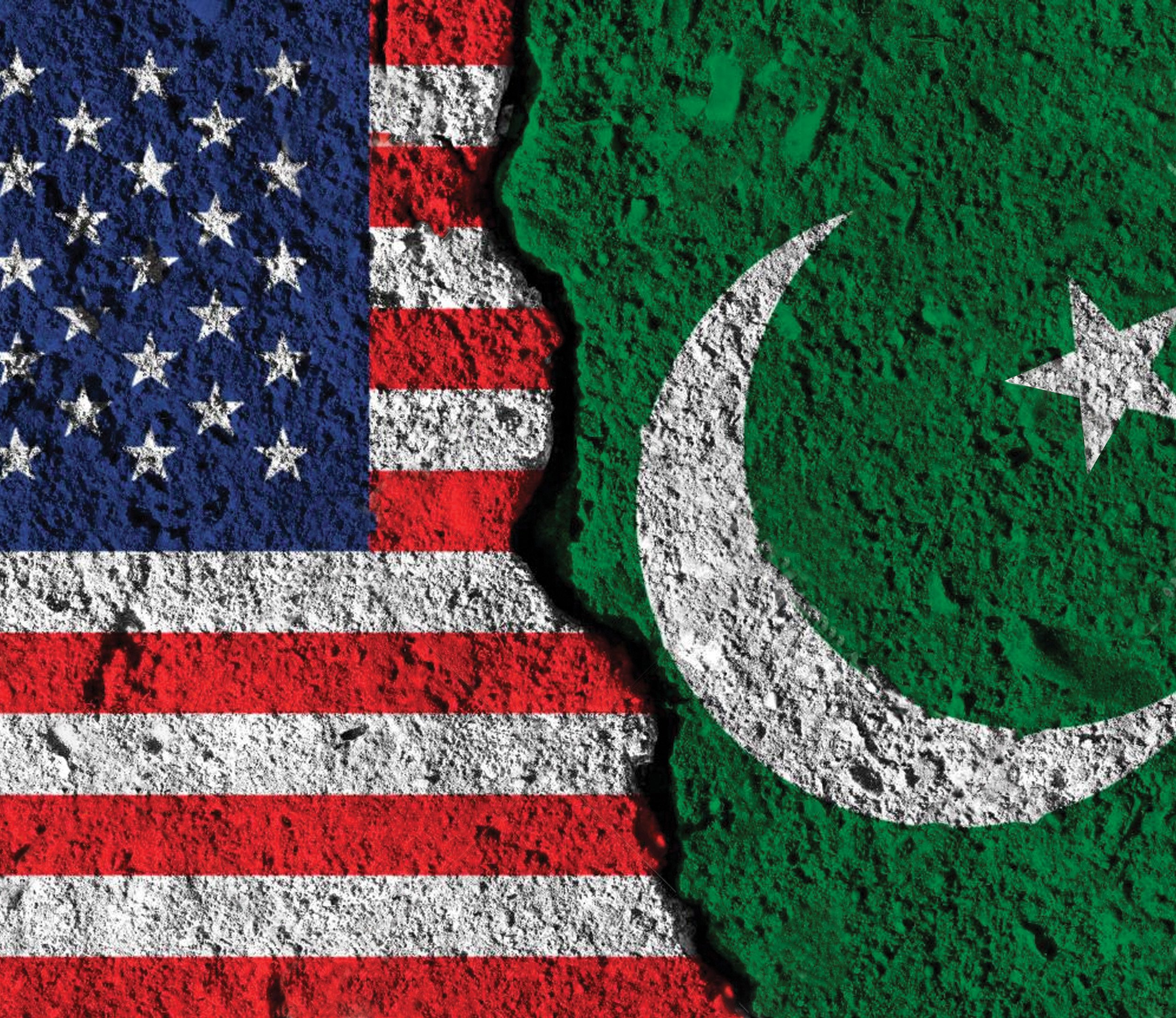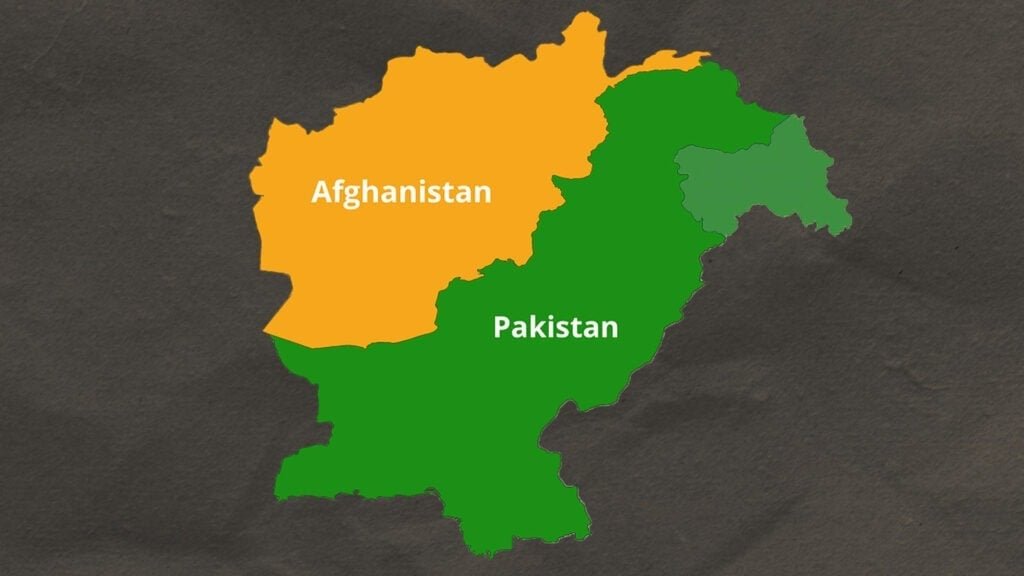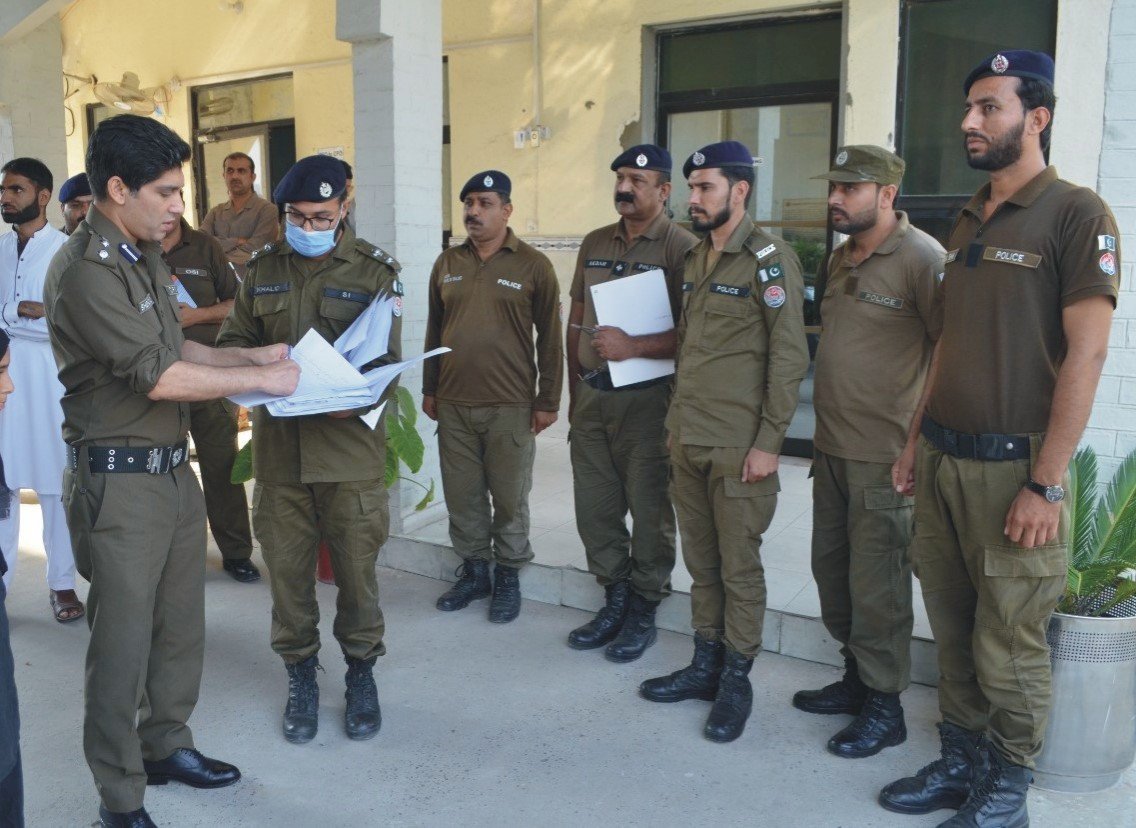By Sajida Iqbal
Water is life. Even now, it is a fundamental right, not a civic facility. It is the fundamental right of every human being to have access to clean and affordable water.
Water is at the core of sustainable development and is critical for socio-economic development, energy and food production, healthy ecosystems and human survival. Water is also at the heart of adaptation to climate change, serving as the crucial link between society and the environment.
Water is also a human rights issue. As the global population grows, there is an increasing demand to balance the competing commercial demands on water resources so that communities have enough for their requirements. In particular, women and girls must have access to clean, private sanitation facilities to manage menstruation and maternity with dignity and safety.
Water must be seen in collaboration with sanitation at the human level. Together, they are vital for reducing the global disease burden and improving populations’ health, education and economic productivity.
Water-related challenges
- 2.2 billion people need access to safely managed drinking water services. (WHO/UNICEF 2019)
- Almost 2 billion people depend on healthcare facilities without essential water services (WHO/UNICEF 2020)
- Over half of the global population, or 4.2 billion people, lack safely managed sanitation services. (WHO/UNICEF 2019)
- Two hundred ninety-seven thousand children under five die yearly from diarrhoeal diseases due to poor sanitation, poor hygiene, or unsafe drinking water. (WHO/UNICEF 2019)
- Two billion people live in countries experiencing high water stress. (UN 2019)
- Ninety per cent of natural disasters are weather-related, including floods and droughts. (UNISDR)
- Eighty per cent of wastewater flows back into the ecosystem without being treated or reused. (UNESCO, 2017)
- Around two-thirds of the world’sworld’s transboundary rivers still need a cooperative management framework. (SIWI)
- Agriculture accounts for 70 per cent of global water withdrawal. (FAO)
The right to water
One of the most significant recent milestones was the recognition in July 2010 by the United Nations General Assembly of the human right to water and sanitation. The Assembly recognized the right of every human being to have access to enough water for personal and domestic uses, meaning between 50 and 100 litres of water per person per day. The water must be safe, acceptable and affordable. The water costs should be at most 3 per cent of household income. Moreover, the water source has to be within 1,000 metres of the home and collection time should be at most 30 minutes.
Water and the Sustainable Development Goals
Sustainable Development Goal (SDG) 6 is to “Ensure availability and sustainable management of water and sanitation for all”. The targets cover all aspects of the water cycle and sanitation systems. Their achievement is designed to contribute to progress across a range of other SDGs, most notably on health, education, economics and the environment.
Water, Sanitation and Hygiene
Contaminated water and a lack of primary sanitation undermine efforts to end extreme poverty and disease in the world’s poorest countries.
In 2017, 2 billion people needed access to basic sanitation facilities such as toilets or latrines. Six hundred seventy-three million people still practised open defecation. According to the WHO/UNICEF Joint Monitoring Programme for Water Supply and Sanitation, at least 1.2 billion people worldwide are estimated to drink water that is not protected against contamination from faeces. Even more, drinking water is delivered through a system without adequate protection against sanitary hazards.
Unclean water and child mortality
Unclean water and poor sanitation are leading causes of child mortality. Childhood diarrhoea is closely associated with insufficient water supply, inadequate sanitation, water contaminated with infectious disease agents, and poor hygiene practices. Diarrhoea is estimated to cause 1.5 million child deaths annually, mostly among children under five living in developing countries.
Improved sanitation and economic benefits
The links between the lack of water and sanitation access and the development goals are clear, and the solutions to the problem are known and cost-effective. A 2012 WHO study shows that every US $1 invested in improved sanitation translates into an average global economic return of US $5.5. Those benefits are explicitly experienced by poor children and in the disadvantaged communities that need them most.
Celebrating water resources
Every year, there are two UN international observances on water and sanitation: World Water Day, 22 March and World Toilet Day, 19 November. Each day is marked by a public campaign about raising awareness of the issues, focusing attention on a particular theme, and inspiring action.
The International Decade for Action, ”Water for Sustainable Development,” started on World Water Day, 22 March 2018, and will end on World Water Day, 22 March 2028.
The Decade is about accelerating efforts towards meeting water-related challenges, including limited access to safe water and sanitation, increasing pressure on water resources and ecosystems, and an exacerbated risk of droughts and floods.
Pakistan’s water availability and quality are feared to present numerous complications if not addressed urgently. It is believed that water shortage and cleanliness have critically affected many of the country’s vital components, such as the agricultural, environmental and societal systems. There have also been numerous threats to Pakistan’s public health due to water sanitation and hygiene problems as the risks for waterborne diseases exponentially increase. In 2017, 2.5 million deaths due to diarrhoea were reported in Pakistan; 50% of the country’s conditions and 40% of deaths occur due to the consumption of contaminated water. The water is contaminated with pollutants, such as faecal matter and microbes, metallic toxins, factorial and household waste, antibiotics, and other harmful drugs. The reasons for this water crisis in Pakistan include climate change that impacts the yearly rainfall, poor development of water storage structures, and political influences. Other causes include increased demand because of the mass population and industrial surge that shortened the water supply. Pakistan is facing multiple poor water sanitization costs of around 343.7 billion PKR (1.5 billion USD) in 2019.
Furthermore, with the collaboration of UNICEF, the cost of allocating the services for cleaner water had increased to more than 100 billion PKR after previously being fewer billion PKR. Even these services were not optimal and available to the entire country; hence, supplying sanitized water in Pakistan will require funding. It is predicted that if the following conditions are not improved, many of the current challenges, such as poverty, the prevalence of disease and economic instability, will worsen multiple folds soon.
It is critical to creating awareness in Pakistan of water and sanitation objectives. The administrative reforms are critical for the objectives. The primary obstacle to this regards the non-availability of a functional local government system. The administrative agencies of federal, provincial and local governments must improve the engineering work of the projects. The poor engineering work of the agencies is the fundamental cause of the non-provision of water and sanitation services. Urban and Rural planning is archaic to the needs of modern life. The use of technology and the recycling of waste is critical in this regard. Pakistan must revamp rivers and irrigation systems with political agreements. The regulators should ensure that planning, execution and implementation are well-designed and implemented.
Lastly, the waste of water must be controlled as a social habit. Social and behavioural change can ensure better utilization and regulation of water and sanitary management.



